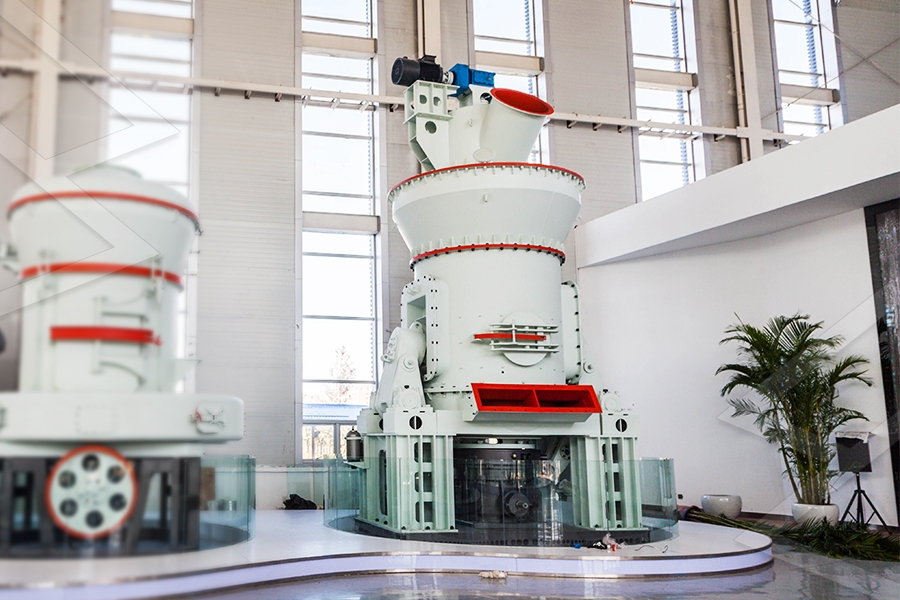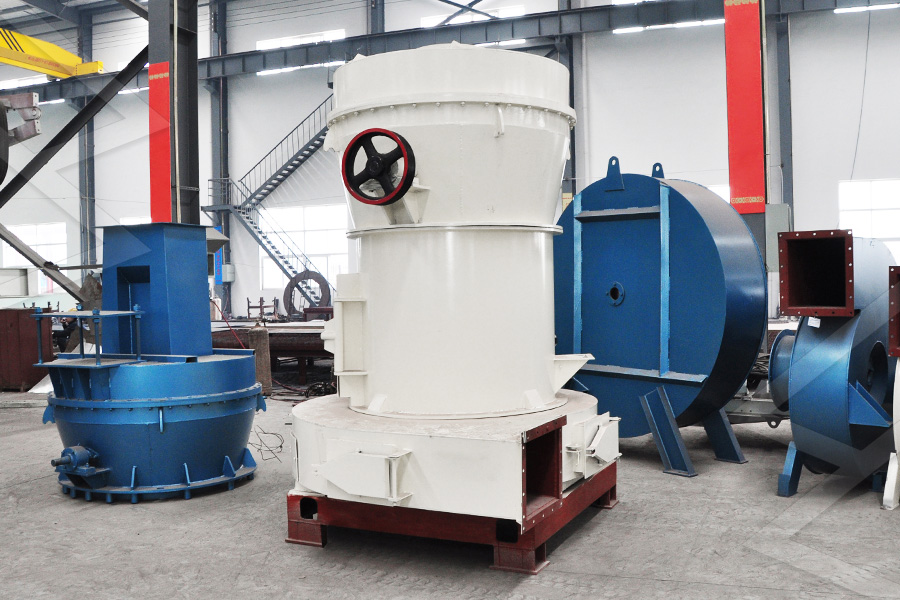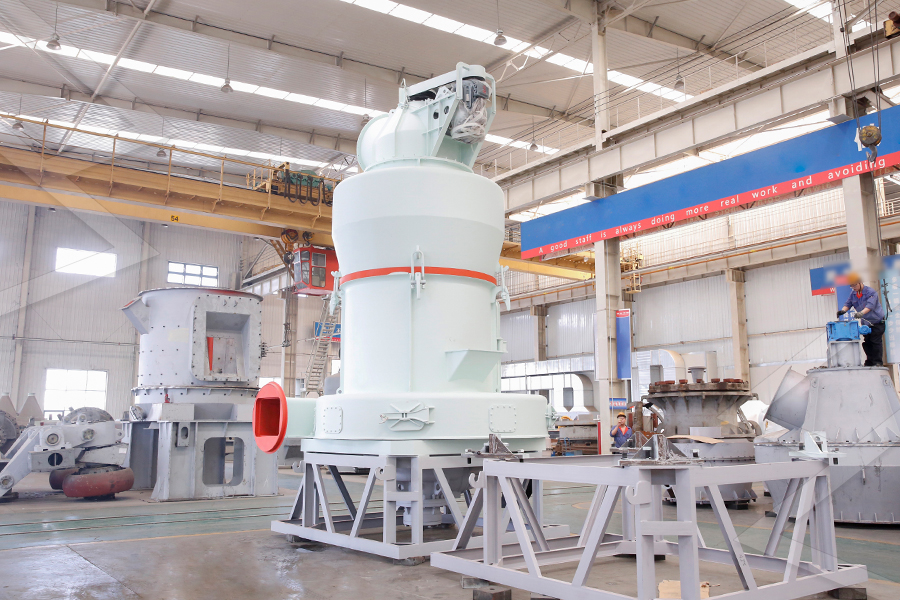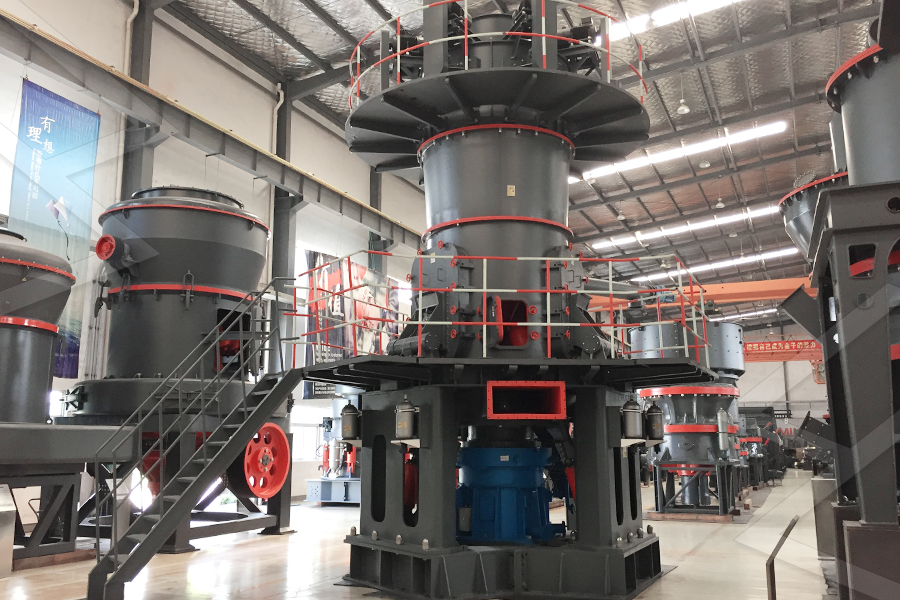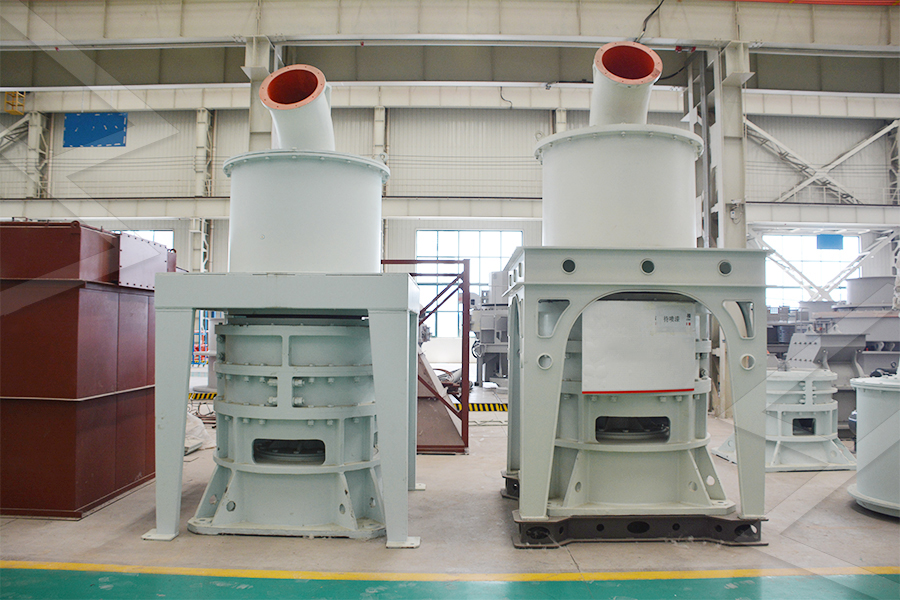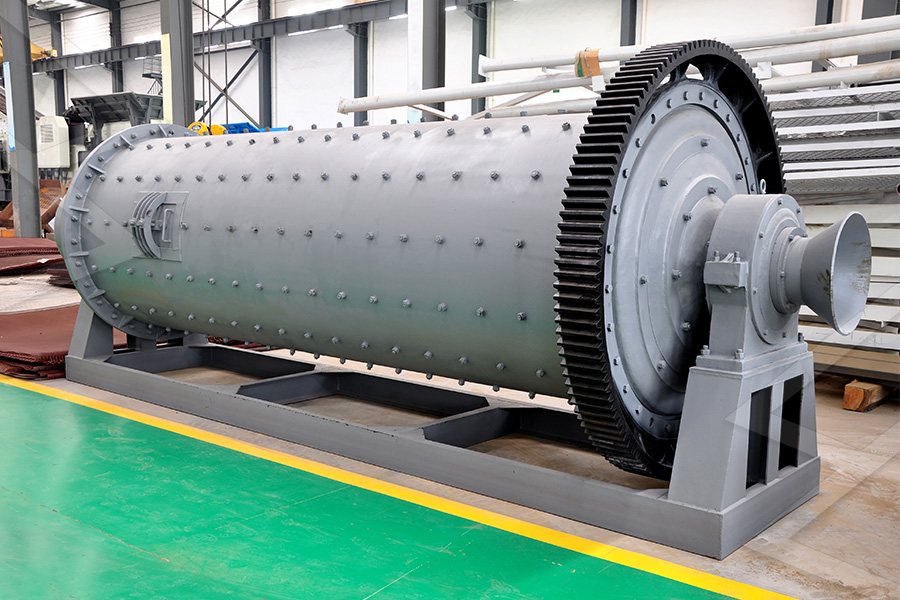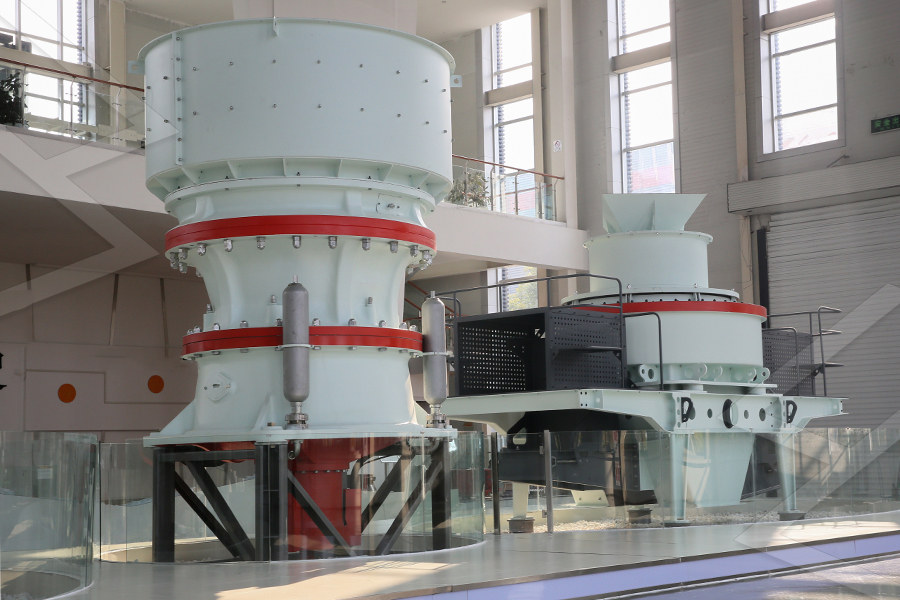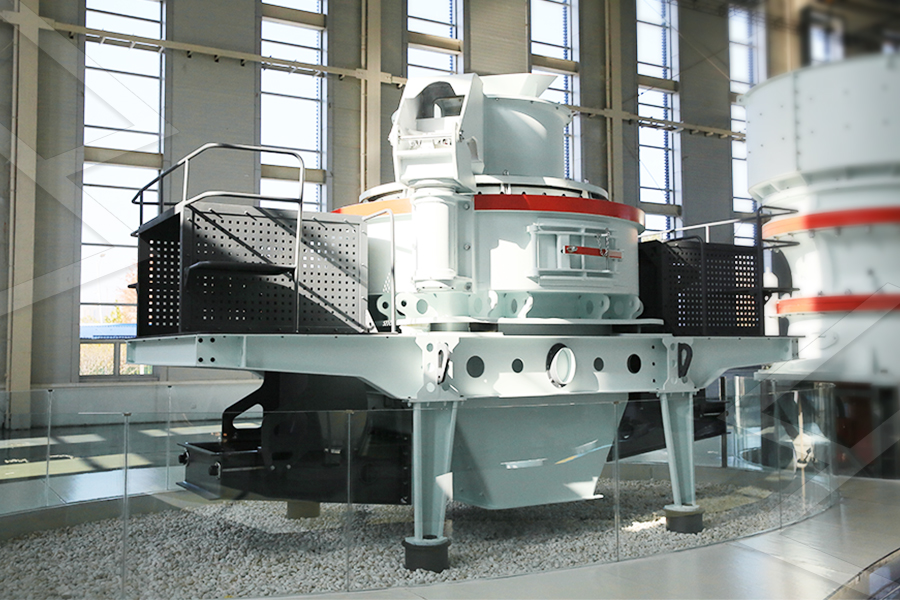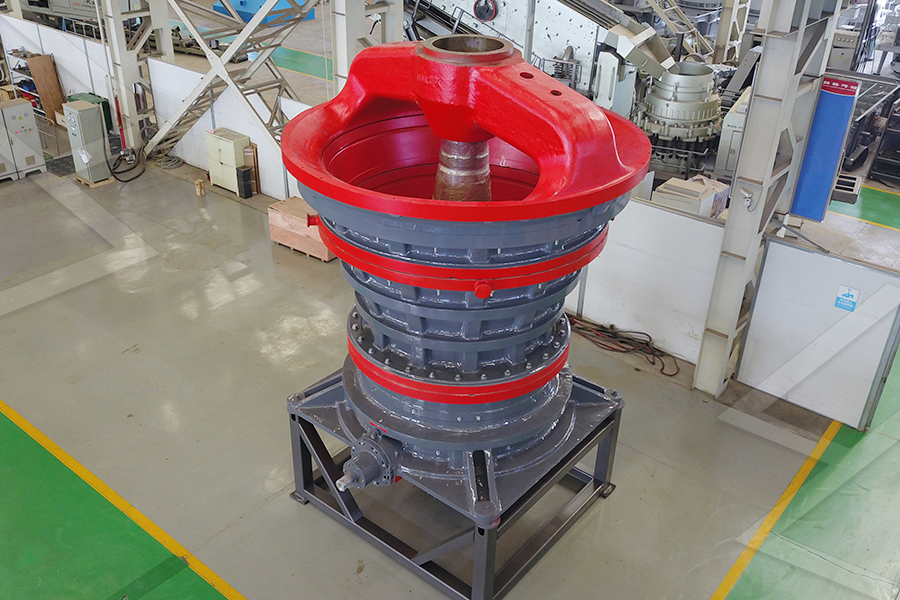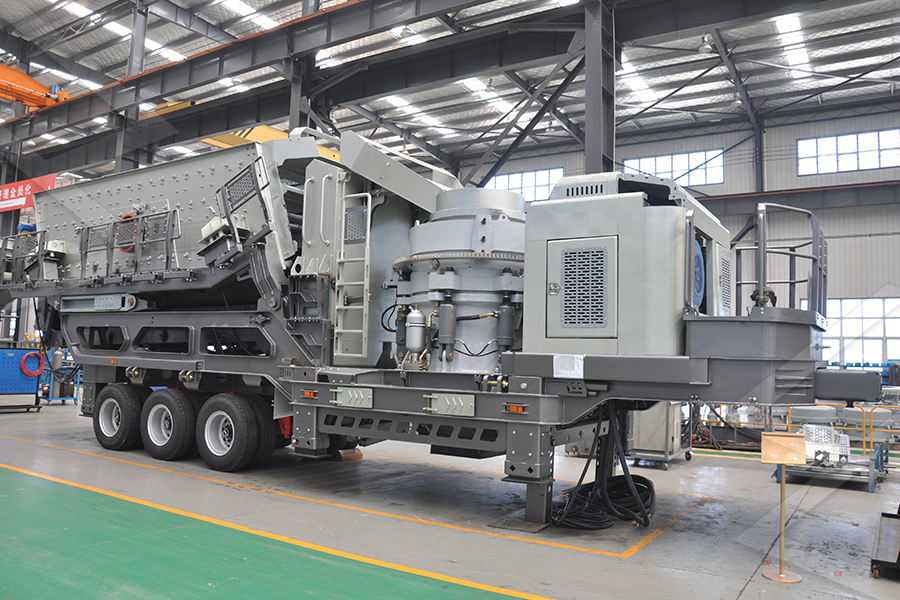Understanding the SAG Mill in Copper Ore Mining Process
Are you curious about the machinery behind copper ore mining? Have you ever heard of a SAG mill and wondered what it is? Look no further! In this blog post, we will dive into the world of SAG mills - from their grinding laws and machines to how they work in copper ore mining. Join us on this journey as we explore the advantages, maintenance, and real-life examples of these powerful pieces of equipment. Whether you are new to the industry or a seasoned pro, there's something here for everyone. Let's get started!
What is a SAG Mill?
A SAG mill, or semi-autogenous grinding mill, is a type of machine used in mining and mineral processing operations. It uses the crushing and grinding action of rocks to reduce materials such as copper ore into smaller pieces for further processing.
Unlike traditional mills that rely on steel balls or other media to break down materials, SAG mills use their own weight and the force of material being fed into them to grind ores. This makes them more energy-efficient than other types of machines.
SAG mills are typically large cylinders made from steel with a rotating drum inside. As the drum rotates, it lifts and drops ore particles causing them to break apart through impact forces.
These types of mills are often used in conjunction with ball mills or rod mills to achieve the desired particle size reduction needed for downstream processes like flotation separation.
SAG mills play an important role in copper ore mining by efficiently breaking down large chunks of material into manageable sizes while also using less energy than traditional methods.
The Grinding Laws and Machines
Grinding is an essential process in the mining industry, and it involves breaking down large pieces of ore into smaller fragments. The grinding laws are fundamental principles that guide the design and operation of grinding machines. These laws include Kick's law, Bond's law, and Rittinger's law.
Kick's Law states that energy consumption increases as the size of particles decreases during crushing or grinding. Bond's Law declares that energy required to break a material is proportional to its surface area rather than its mass. Rittinger’s Law concludes that energy consumed during size reduction is directly proportional to the new surface area created.
There are several types of equipment used in grinding processes such as autogenous mills, ball mills, rod mills, tower mills, VSI Mills and SAG Mills among others. Autogenous milling uses coarse ore particles instead of steel balls while ball milling use steel balls for comminution. Rod mill grinds material by rolling action while Tower Mill uses stirring action for finer grind sizes.
Understanding these laws enables engineers to design efficient processing plants with optimized machine selection based on mineral type hardness and desired final product outcomes.
Types of Grinding Mills
Grinding mills play a crucial role in the mining process, as they are responsible for reducing large chunks of ore into smaller particles that can be further processed. There are various types of grinding mills available, each designed to meet specific requirements based on the material being ground and the desired output.
One type is Autogenous Mills, which use large rocks and steel balls to grind the ore. They rely solely on physical contact between materials for grinding and do not require additional energy input.
Another type is Ball Mills, which utilize steel balls placed inside rotating cylinders to grind the ore. The size of these balls determines how finely ground the ore will become.
Rod Mills, on the other hand, use rods instead of balls to grind materials. These rods have a larger surface area than balls and provide a more uniform product size when used in conjunction with screens or classifiers.
Tower Mills operate similarly to ball mills but use vertical cylindrical chambers instead of horizontal ones. This design allows for greater efficiency due to increased height-to-diameter ratios.
Vertical Shaft Impactor (VSI) Mill uses high-speed rotors with anvils or hammers that impact particles against one another until they break down into smaller sizes suitable for downstream processing.
There's SAG (Semi-Autogenous Grinding) Mill - perhaps most prominently used in copper mining- which combines features from both autogenous mills and ball mills by using grinding media along with rock feed material.
Understanding each type may better help you decide which mill best suits your needs when it comes time to choose one yourself!
Autogenous Mill
The Autogenous Mill, also known as AG Mill, is a type of grinding mill used in the mining industry. This machine uses ore and rock itself as grinding media to perform its job.
Unlike other types of mills that use steel balls or rods for grinding materials, the Autogenous Mill relies on the material being ground to break itself into smaller pieces. The self-grinding action reduces energy consumption and minimizes wear on equipment.
This type of mill has been widely used in mineral processing plants for decades due to its high efficiency and low operating cost. Moreover, it can grind large quantities of ores at once without needing any external assistance.
However, one disadvantage of using an Autogenous Mill is that it may not be suitable for harder ores such as copper and gold that require more intense crushing before they can be ground into small particles.
The Autogenous Mill remains an integral part of the milling process in many mining operations today. Its unique ability to take advantage of natural material properties sets it apart from other types of mills available in the market.
Ball Mill
The ball mill is one of the most commonly used grinding machines in various industries. It works by rotating a cylinder filled with balls, which crush and grind materials into fine powders. This machine is known for its high efficiency and versatility in processing different materials.
Ball mills are primarily used for grinding ores and other materials, such as cement, silicates, refractory material, fertilizer, glass ceramics, etc. The size of the finished product depends on the speed of rotation and the size of the balls used in milling.
One advantage of using a ball mill is that it can produce very fine particles quickly. However, this also means that it requires more energy to operate than other types of mills. Additionally, maintenance costs can be higher due to wear and tear on the components.
Despite these drawbacks, ball mills remain popular because they are reliable and efficient machines suited for modern industrial applications. In fact, there have been recent advancements in technology that allow manufacturers to design larger capacity ball mills with improved energy efficiency.
While not perfect nor without drawbacks like any machinery or equipment out there,the Ball Mill continues to play an important role across many industries thanks to its versatility and proven effectiveness at grinding almost everything from minerals to chemicals efficiently into fine powder form suitable for downstream processing purposes .
Rod Mill
The rod mill is another type of grinding mill used in the copper ore mining process. This machine uses steel rods as the grinding media instead of balls, which are commonly used in ball mills. The rods grind the ore by tumbling within the mill, similar to the action of a rotating drum.
Rod mills can be operated at lower speeds than other types of mills, making them ideal for fine and coarse grinding applications. They are also more energy-efficient than ball mills since they use less power per tonne of ore processed.
One unique feature of rod mills is their ability to produce a product with relatively narrow particle size distribution compared to other types of mills. This makes them useful for producing high-quality final products such as wire rods or bar stock.
In terms of maintenance, rod mills require regular lubrication and replacement of worn parts such as liners and bearings. However, these costs are often offset by their efficiency and durability over time.
While not as widely used as some other types of grinding equipment in copper ore mining, rod mills offer distinct advantages in certain applications due to their efficient operation and ability to produce a specific range of particle sizes.
Tower Mill
The Tower Mill is another type of grinding mill used in the mining industry. This vertical mill consists of a cylindrical chamber filled with grinding media, which are stirred by a shaft that moves vertically up and down.
Tower Mills were developed to overcome some of the limitations of both ball mills and SAG mills. They can handle finer feeds than ball mills and have higher energy efficiency thanks to their vertical design.
However, Tower Mills are not without their drawbacks. The high cost of manufacturing and maintaining these mills makes them less common than other types of grinders despite their advantages. Additionally, they require careful control over operating conditions to avoid damaging the internal components due to excessive vibration or uneven wear on the grinding media.
While Tower Mills may not be as widely used as some other types of mills in copper ore mining operations, they remain an important tool for achieving finer particle sizes when needed.
Vertical Shaft Impactor Mill (VSI Mill)
The Vertical Shaft Impactor Mill, also known as the VSI Mill, is a unique type of grinding mill that operates on a completely different principle compared to other types of mills. This type of mill uses high-speed rotors with wear-resistant tips to crush and grind materials into smaller particles.
Unlike other grinding mills, the VSI Mill offers more control over particle size distribution. It can produce both coarse and fine particles through an adjustable rotor speed feature. Additionally, it has low operating costs due to its simple structure and requires minimal maintenance.
However, despite its advantages in terms of particle size control and cost-effectiveness, the VSI Mill is not commonly used in copper ore mining operations due to its limited capacity for handling large amounts of material.
While the VSI Mill may have some benefits in certain applications such as tertiary crushing or producing sand for construction purposes, it still remains a relatively niche technology within the mining industry.
SAG Mill
A SAG mill, also known as a semi-autogenous grinding mill, is one of the essential equipment used in copper ore mining. It plays a vital role in reducing large chunks of rock into smaller pieces to facilitate easier processing.
SAG mills use steel balls and other mining media to break down hard rocks into fine particles that can be separated from the ore. They are unique because they operate on both wet and dry principles depending on the type of material being grinded.
The design of SAG mills can vary depending on various factors such as feed size, hardness, and desired throughput rate. This flexibility makes them suitable for different types of ores and minerals found during copper mining operations.
One significant advantage of using SAG mills is their ability to reduce energy consumption while maximizing output productivity. Additionally, they offer lower maintenance costs compared to other grinding technologies like ball mills or rod mills.
Understanding how SAG mills work in copper ore mining processes is crucial for efficient mineral extraction. These machines play an essential role in ensuring optimal extraction rates are achieved while minimizing operational costs associated with traditional milling processes.
How SAG Mills Work in Copper Ore Mining
SAG mills are a critical component of copper ore mining, as they play a vital role in grinding the ore into smaller pieces that can be further processed. These mills are typically large and use steel balls to break down the ore into smaller particles.
The SAG mill works by rotating the drum at a low speed, which causes the steel balls inside to cascade, fall and impact with each other. This impact crushes the copper ore against the steel balls until it is small enough to pass through perforations on the side of the drum.
As more and more copper ore enters the mill, it's important for operators to carefully control how much material is fed into it at any given time. Too much material can cause overloading and damage equipment or even lead to complete shutdowns of production lines.
To ensure smooth operation and maximum efficiency, SAG mills also have sophisticated control systems that monitor everything from temperature levels within individual components to overall power consumption throughout various stages of processing.
Understanding how SAG mills work in copper ore mining requires knowledge about both technical processes as well as practical considerations such as maintenance schedules and safety protocols. Only by mastering these elements can mining companies achieve optimal performance from their milling operations while ensuring worker safety is always paramount.
Advantages of Using SAG Mills
SAG Mills have become an essential part of the copper ore mining process due to their numerous advantages. One of the most significant benefits of using SAG mills is their ability to handle large chunks of rocks and ores efficiently.
Another advantage is that SAG mills operate at a lower speed than traditional ball mills, resulting in less wear and tear on the equipment. This prolongs the life span of machinery, reducing maintenance costs for mining companies.
Additionally, SAG mills are more energy-efficient compared to other types of grinding mills, which means they require less electricity to operate. This translates into cost savings for copper ore mining operations while also reducing carbon footprint.
Furthermore, SAG mill grinding media has a higher capacity for impact and abrasion resistance than any other type of grinding media available in the market. The high-quality steel balls used in SAG milling can withstand heavy loads without breaking or losing shape quickly.
With advancements in technology and engineering design over recent years, modern-day SAG mills come equipped with sophisticated monitoring systems that can detect potential problems before they occur. This allows operators to take proactive measures before it leads to costly downtime or repairs.
There are many compelling reasons why copper ore mining companies should consider investing in SAG milling technologies as part of their mineral processing operation strategy.
Maintenance and Repair of SAG Mills
To ensure the optimal performance of SAG mills in copper ore mining, proper maintenance and repair are crucial. Regular inspections and evaluations must be performed to identify any potential issues before they turn into major problems.
One essential aspect of maintaining a SAG mill is monitoring its wear components. The liners, grinding media, and trunnion components will naturally degrade over time due to the harsh operating conditions. Therefore, it's necessary to replace them periodically to prevent significant damage or even catastrophic failures.
Another important factor in maintaining a SAG mill is lubrication. The bearings and gears require adequate oiling to reduce friction and heat generation during operation. Neglecting this critical element can result in premature component failure or severe damage that could jeopardize the safety of personnel.
Furthermore, regular cleaning of the mill internals should be carried out to remove debris build-up that may cause blockages or other operational inefficiencies. In addition, vibration analysis tools can help detect any anomalies such as misalignment or bearing defects early on so that corrective actions can be taken promptly.
Taking care of a SAG mill through proper maintenance and repair is vital for long-term reliability and efficiency in copper ore mining operations.
Real-life Examples of SAG Mills in Copper Ore Mining
SAG mills have been a critical component in the copper ore mining process for many years. There are numerous examples of SAG mills being used around the world to grind copper ore into smaller particles, which can then be processed further.
One example is the Lumwana mine in Zambia, where two SAG mills were installed to process over 120,000 tonnes of copper ore per day. These mills are some of the largest in the world and have helped to improve efficiency and reduce costs at the mine.
Another example is the Escondida mine in Chile, which is one of the largest copper mines in the world. This mine uses several SAG mills as part of its operations to produce over 1 million tonnes of copper annually.
In addition, there are other notable examples such as Grasberg Mine in Indonesia and Collahuasi Mine in Chile that utilize SAG mill technology extensively for their mining operations.
These real-life examples demonstrate how essential SAG mills are for efficient processing and production within copper ore mining. With continued advancements and improvements made on this technology, it's likely that we'll see even greater adoption across more mines worldwide.
Conclusion and Future of SAG Mills in Copper Ore Mining
SAG mills have proven to be efficient and reliable machines for grinding copper ore in the mining industry. They are a critical component of the processing circuit and play a significant role in achieving optimal product size distribution, energy efficiency, and downstream mineral recovery.
The future of SAG mills in copper ore mining looks promising as advancements continue to be made in their design, operation, maintenance, and repair. With improvements being made to increase capacity and reduce downtime, it is likely that SAG mills will remain the preferred choice for grinding copper ore.
As technology continues to evolve, we can only expect further advancements that will improve the performance of these machines even more. Whatever direction they take us in though one thing remains clear - SAG mills are an essential tool for any successful copper ore mining operation today and well into the future!
